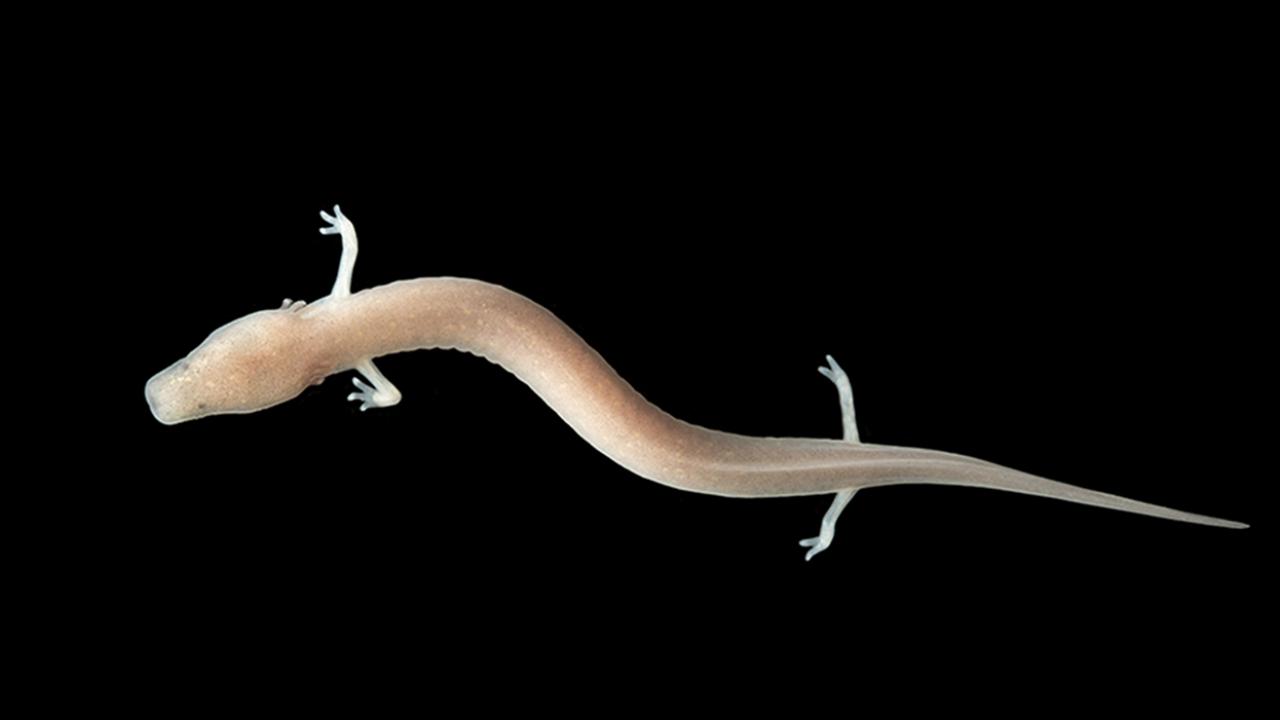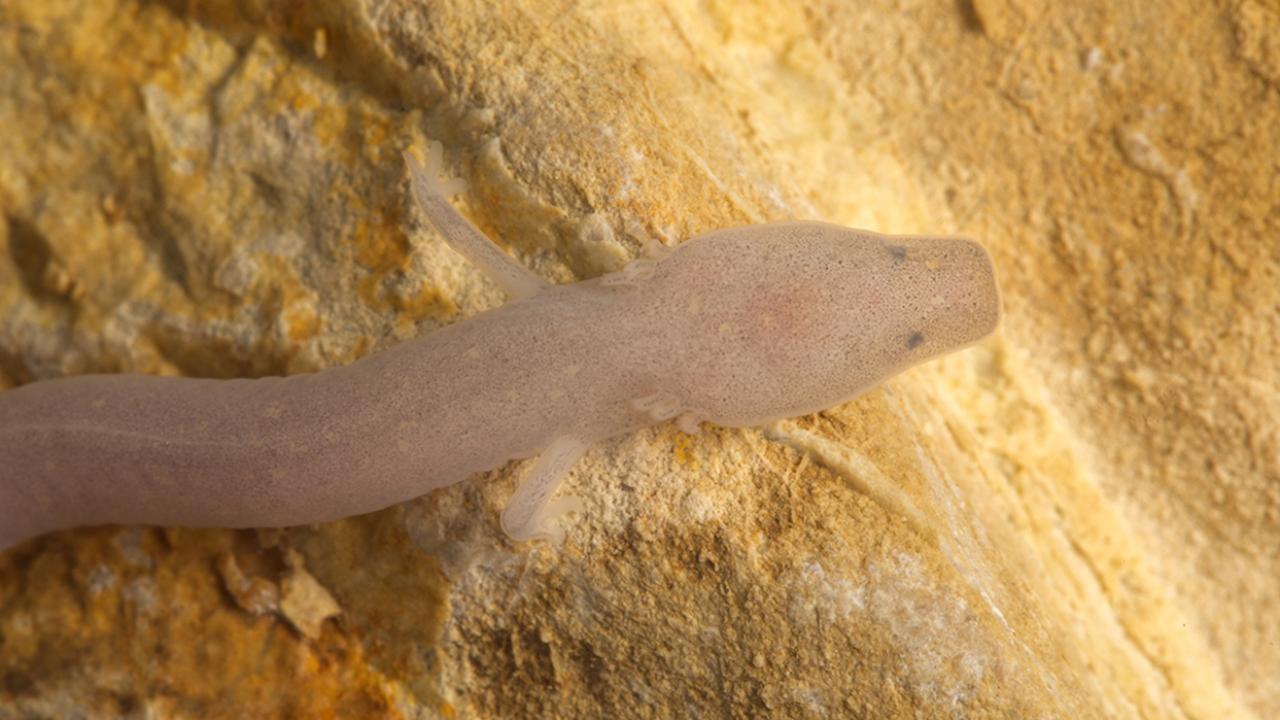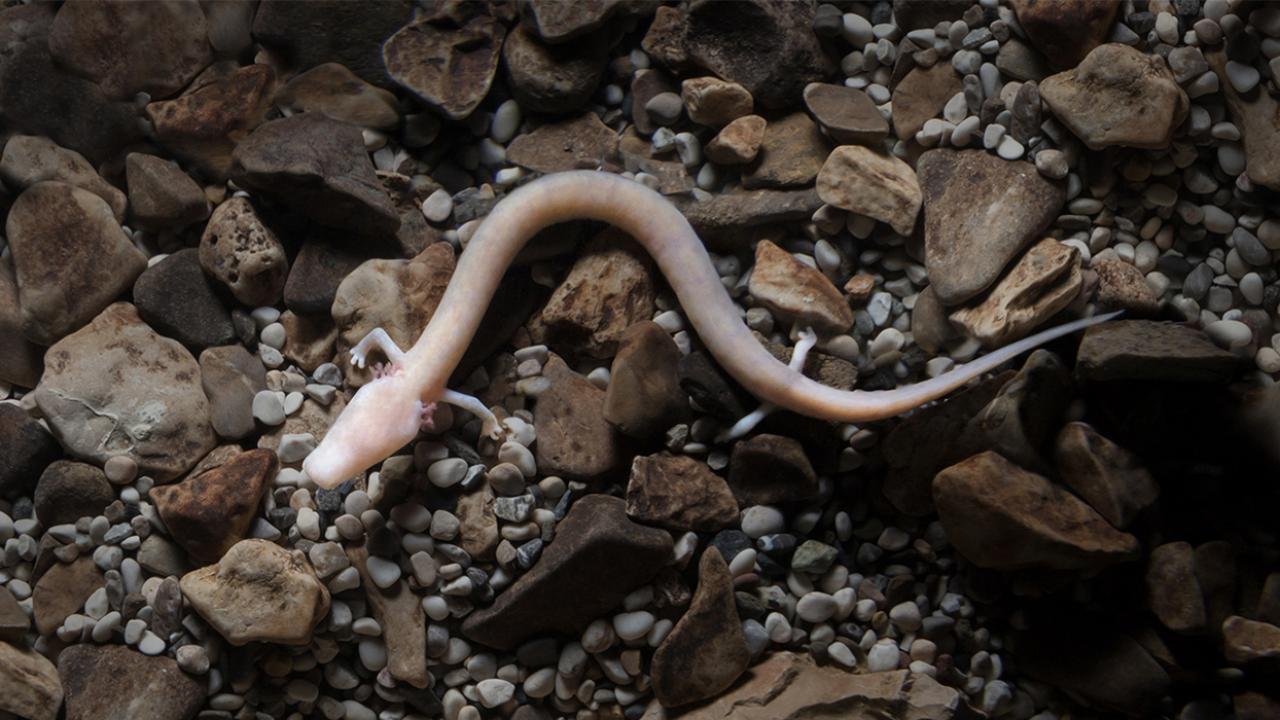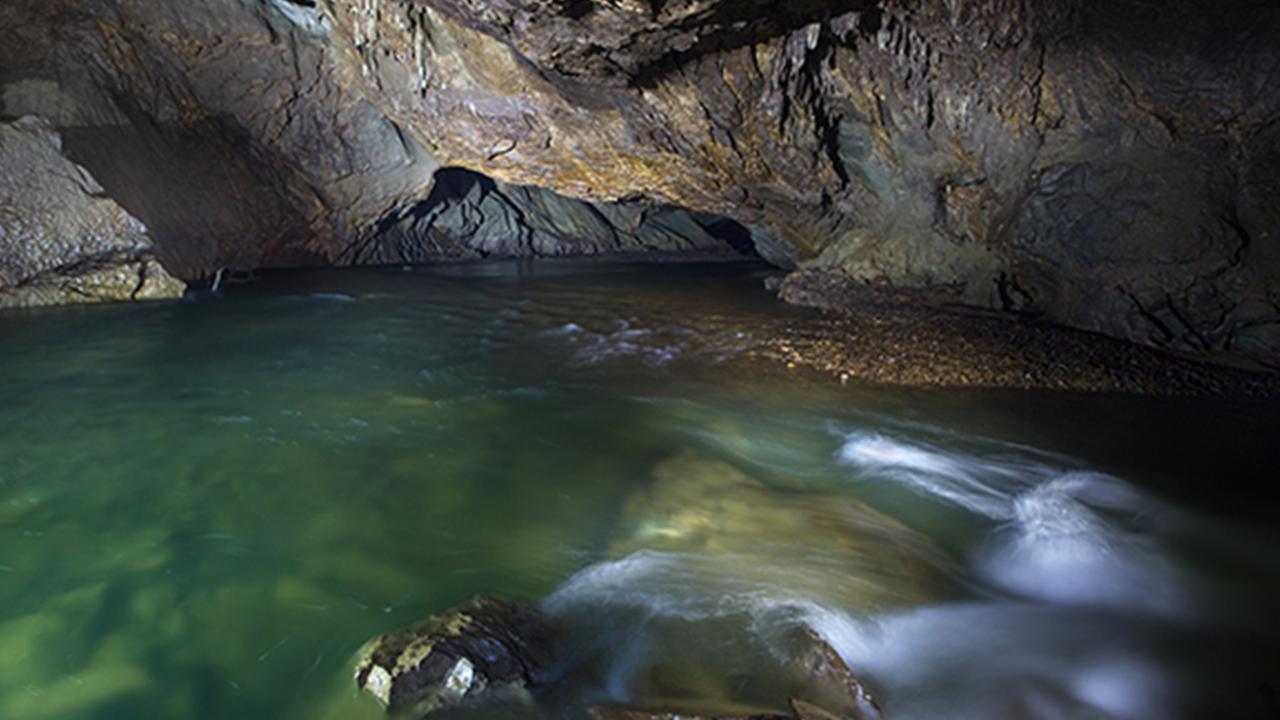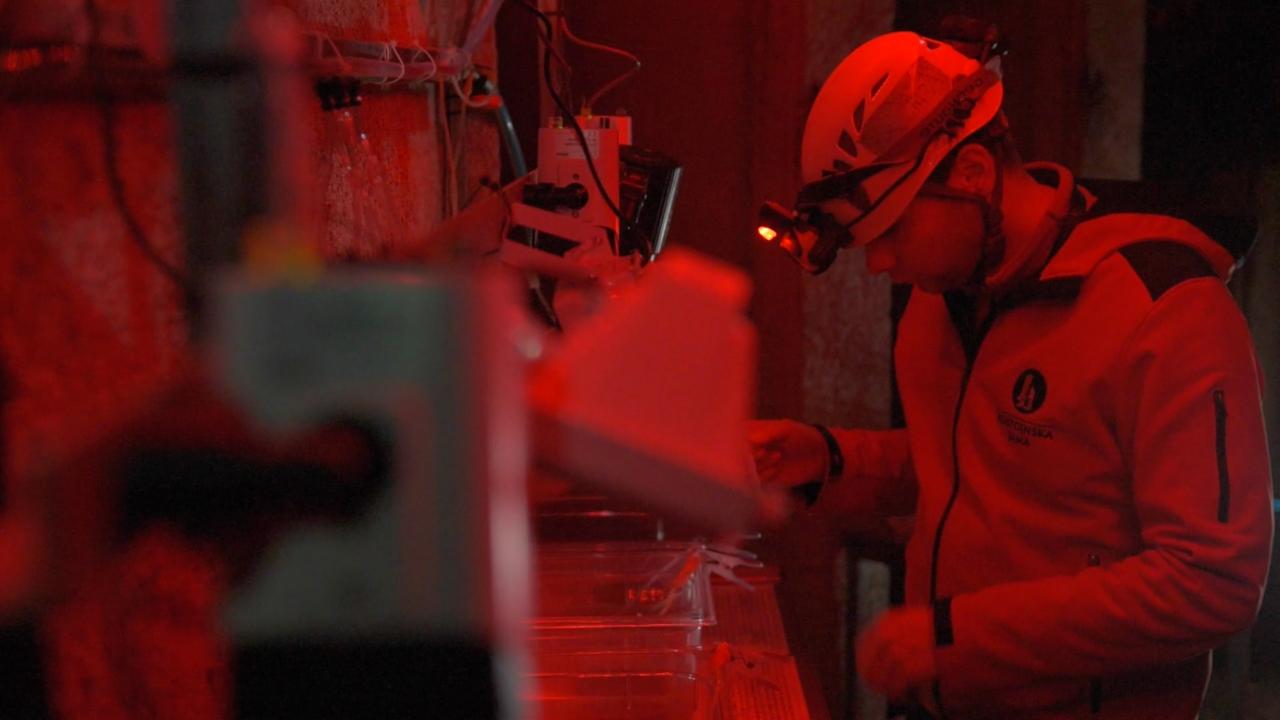Baby Dragons' First Birthday
Happy birthday! The first of our baby dragons, who hatched last year, is celebrating today – it's its first birthday!
FIRST BIRTHDAY
On 30 May 2016, we were delighted to find the first hatched baby dragon, exactly 124 days after the first olm egg had been spotted on the glass of Postojna Cave's aquarium in January 2016. In the subsequent eight weeks, we witnessed the hatching of no fewer than 22 olms for the first time in the history of Postojna Cave.
BABY DRAGONS
The offspring from the subterranean world of Postojna attracted worldwide attention as "the Postojna Cave baby dragons" – based on a legend about dragons and the folk tradition, which had previously been written about by Johann Weikhard von Valvasor. The whole world, experts and the general public alike, has since then been able to watch the development of our olm hatchlings in a special cave laboratory, which has won the experts' praise owing to the number of olm hatchlings that survived – there are 21 of them – and their successful development.
DEVELOPMENT
We have been keeping a close eye on the baby dragons on their journey from eggs, embryos and hatchlings – without fully developed limbs, with large amounts of a lot of yolk and no ability to eat on their own – to juvenile olms, which are now more than seven centimetres long and go after their food like real dragons. A year ago, they might have looked like "dotted juveniles", but these days they are very much like adult olms (see the attached photos to compare). Their body and head is elongated, they have three and two digits on their front and rear legs respectively. They are now in their juvenile period, which will last for several years. The only thing that make them different from their parents are their tiny eyes, the pigment, which is slowly disappearing, and their size. They are a miniature version of adult olms and will look much like they do today for the rest of their lives.
A SUMMARY OF AN EXCITING YEAR
On 30 January 2016, the first olm egg was spotted on the glass of the cave aquarium at the foot of the cave area where the Concert Hall is located. All the other olms were immediately removed from the aquarium, which was then covered with a dark cloth, so as to give the olm mother as much peace and quiet as needed. Over the next eight weeks, she laid no fewer than 64 eggs in the aquarium. In 22 of these 63 eggs, embryo development took place successfully. After the arrival of the first hatchling on 30 May, all the other olms hatched over a period of about a month and a half (the last one on 14 July 2016). Even before the baby olms hatched, they eggs had been moved to a special cave laboratory, so the previously relocated olms could return to the large aquarium and to provide the hatchlings with optimum conditions for development. The juvenile olms are still successfully developing in the laboratory and we are happy everything is going the way it is supposed to.
Life in caves is slow and quiet, yet exciting, and the life of our baby dragons is much the same. The first year was more suspenseful, with no shortage of events, changes and rapid development (at least the way we saw it). Now things have calmed down a bit, the olms are developing nicely and we are keeping a close eye on them, making sure to record every single event that could lead to new interesting findings about the olms' life. Over the next few years, the baby dragons will "lose" their eyes (the eyes will get covered with skin), they will also lose the greyish pigment and become fully "transparent". They will reach sexual maturity in the next 14 years and will live to be at least 100 – well, at least that’s what we’re hoping for. All the best, baby dragons!
Attached photos: Postojnska jama d.d.


 slovenščina
slovenščina Deutsch
Deutsch italiano
italiano Hrvatski
Hrvatski français
français español
español polski
polski čeština
čeština magyar
magyar Русский
Русский Nederlands
Nederlands Português
Português 한국어 [韓國語]
한국어 [韓國語] 中国的
中国的 日本語
日本語 עברית
עברית